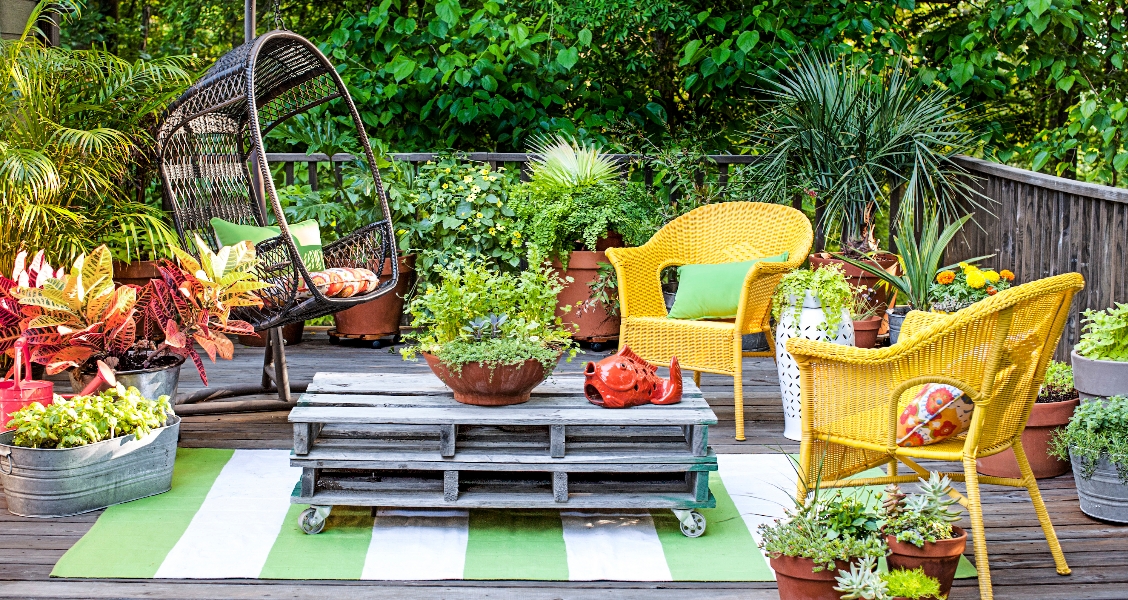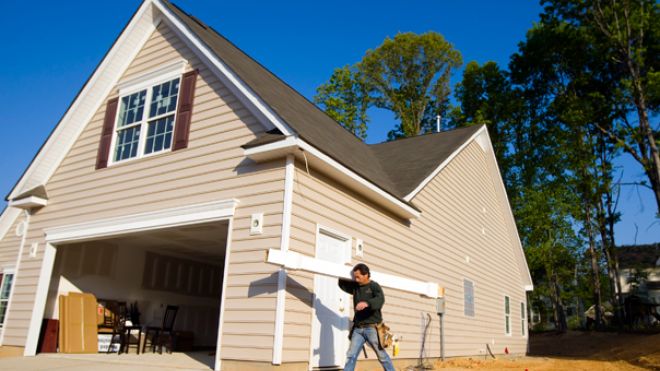Most homeowners often dream about having a great yard that not only enhances curb appeal but also acts as a haven for relaxation. It’s quite easy to create the space you desire, even if you don’t have advanced landscaping skills. Though you’ll have to do most of the work, it’s still manageable. To create the perfect yard that will be the envy of your neighbors, you’ll only need to dedicate some time and effort for the landscaping project.
Use Yard Design Software to Visualize Ideas
Picking the best outline for your space or the kind of vegetation to use could prove somewhat difficult. To work your way around such challenges, you need the right tools. With landscaping software, you’ll be able to visualize your yard before you can invest other resources into the project. Such programs could offer great ideas and also make it possible to view and compare a handful of options.
Landscaping Websites Could Also Help
There are various landscaping sites ideal for DIY homeowners. If you prefer something else besides yard design software, these could be excellent sources of information and ideas. With a good website, you’ll be able to create anything, from a straightforward cottage garden to a more elaborate model.
Don’t Overlook The Importance of Research
Although it’s easy to fix minor flaws, too many of them could cost you a significant amount of time. So before you can start anything, do a little research. This will give you a reliable visualization of whatever you’re trying to create. With some research, you’ll be able to avoid common landscaping errors.
If the landscaping project involves digging up the yard, it’s very important that you know where all utility lines run. You should thus find out the locations of any gas, electric and telephone lines that run across your yard. Damaging a utility line could not only be costly but is also highly dangerous.
Your project could also be affected by local zoning laws and regulations. In some places, homeowners are usually prohibited from altering their yards in any way. This may include planting anything that exceeds a specific height or putting up any kind of fencing.
Generally, areas, where residents are required to pay homeowners fees, have the tightest restrictions. Taking some time to find out how local policies affect your project could save you lots of time and money as well. On the other hand, insufficient knowledge could lead to bad decisions, which may, in turn, result in expensive liabilities.





